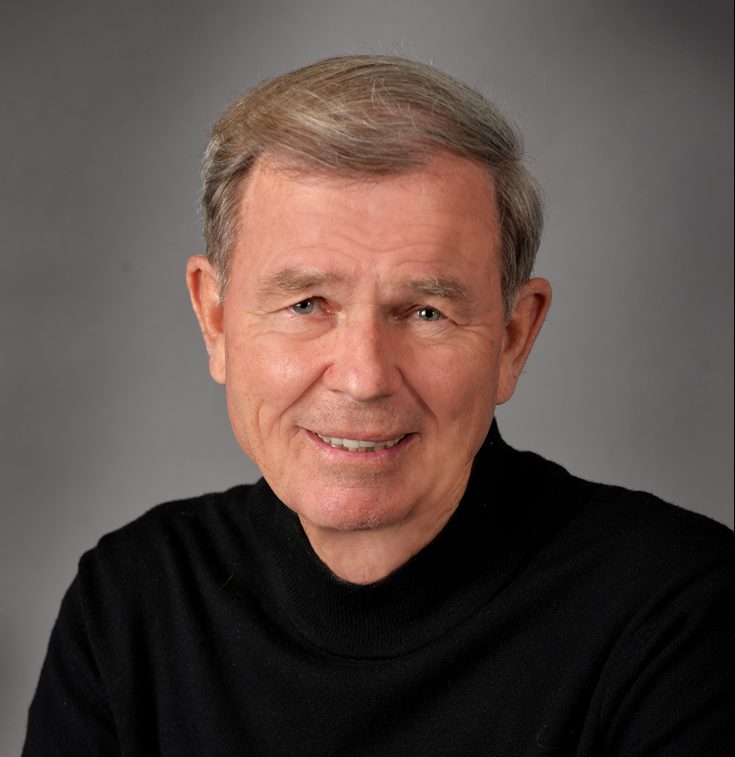
The Auto Comes to Laguna
By Skip Hellewell
Much to the disappointment of early developers, the railroad never came to Laguna. When the ATSF railway extended from Santa Ana to San Diego in the 1880s, there was hope it might come down Aliso Canyon, where a resort hotel was contemplated. When Heisler and associates developed north Laguna in the early 1900s, they hoped the electric railway connecting Long Beach to Los Angeles might extend this far, and the first plans for Cliff Drive called it “Electric Way.” This brings us to a little-known benefactor to Laguna’s development: The Auto Club.
The first gas-powered automobile in Los Angeles was built in 1897 by resident inventor J. Philip Erie. The Los Angeles Times report, “Without Horses,” claimed it was the first auto built west of the Mississippi. Funds ran out before the car could be perfected, and an 1899 article lamented, “Los Angeles has had to be content with reading about the popularity the up-to-date vehicle is attaining in Europe and throughout the East. This was galling to the pride of the city, which had the first commercial electric street railway in the country.”
Angeleno pride was restored with the arrival in 1899 of the first factory-built auto, the three-wheel “Duryea,” built in Peoria, Ill. The article reassured readers it was “safer for a city street than a skittish horse.”
Ten visionary businessmen created the Auto Club of Southern California in 1900 to “handle any and all matters arising out of the ownership or operation of a motor vehicle.” That first year they organized a “country run” of the steam- and gas-powered autos in town (the distance being too far for electric autos) to show what autos could do. Traveling the forty or so miles from Los Angeles to Ontario on the first day, they spent the night there and returned by way of Glendale, which required fording the San Gabriel River. A new age was dawning.
In a society built around horse-drawn vehicles, there were many needs for the Auto Club, which argued for better roads (a factor in the 1915 paving of a single-lane road through Laguna Canyon), sent cartographers out to make maps for distribution, and put up direction signs. In 1915 the Auto Club organized caravans to San Diego to see the Panama Exposition, which promoted San Diego as the first U.S. port of call for ships using the newly opened Panama Canal. One caravan traveled by way of Riverside, the other taking the newly paved road to Laguna Beach, touting the ocean views. From Laguna, the route south was a single-lane dirt road; Coast Highway wouldn’t be built for another ten years.
As auto ownership grew, the Auto Club argued for higher speed limits (existing laws were apparently written to discourage galloping horses), laws to register vehicles, license drivers, and protect the public from reckless drivers. They also argued for traffic police to wear uniforms for identification and a tighter definition of “reckless driving.” The Auto Club issued insurance to cover towing (a common need then) and repairs (limit of $25) and help recover stolen autos (horse thieves were moving with the times). The Auto Club sponsored a newspaper column telling fishermen and hunters where the prospects were good and advising of road conditions. Similar articles touted beach destinations. Early Laguna attractions included the Victor Hugo Inn with its landscaped grounds, the White House Café (especially after its 1926 remodeling), and the Arch Beach Tavern.
In 1958 the Auto Club of Southern California opened an office in South Laguna in recognition of south county development, which they maintained until 1993. Today the building is the site of the accounting firm Kinsman & Kinsman. Looking back, it was the auto, not the hoped-for train, that, for better or worse, made Laguna accessible and drove its growth. There’s meaning in that.
Bio: Skip fell in love with Laguna on a ‘50s surfing trip. He’s a student of Laguna history and the author of “Loving Laguna: A Local’s Guide to Laguna Beach.” Email: [email protected].




